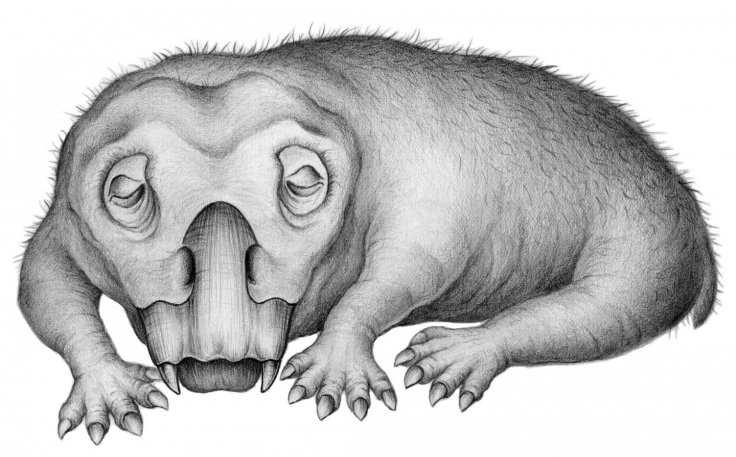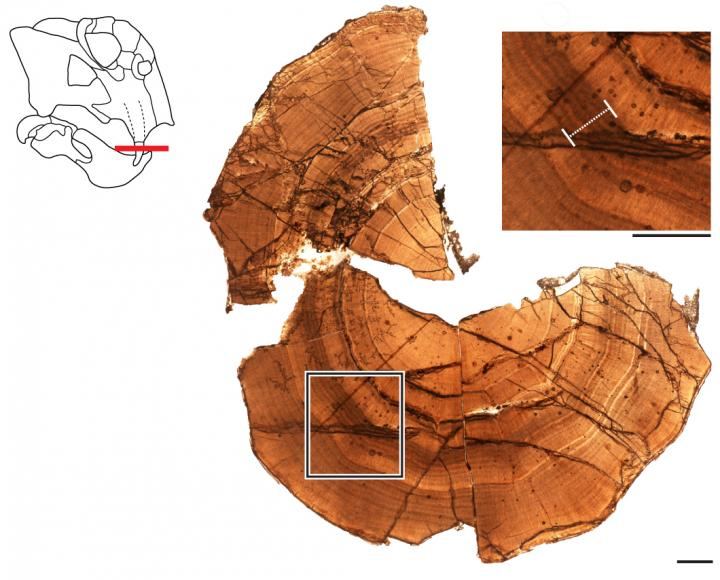A bizarre-looking ancient tusked creature used to live in today's Antarctica almost 250-million-years-ago and the unique creature was among the first known animals who survived by hibernation, said researchers.
The animal, called 'Lystrosaurus,' used to look like a crossbreed of a giant pig and a lizard. As per the scientists these animals used to sleep for several days, weeks, and even months to get through long-cold dark nights at Antarctica. Paleontologists claimed that this is the earliest known example of hibernation ever discovered by researchers in an animal. As per the researchers, this creature used to live on earth when there was a supercontinent called Pangea.
The researchers revealed their findings in a paper published on Thursday, August 27 in the journal Communications Biology. The team included scientists at the University of Washington, and its Burke Museum of Natural History and Culture.
The Ancient Animal

There are many animals in polar regions which hibernate to get through dark winter months when food is scarce. Even the nocturnal animal bats begin hibernating when the cold weather drives the insects away. But after analyzing a thin slice from Lystrosaurus tusk and looking at the 'stress rings', the researchers found that the habit of hibernation has been around since before the dinosaurs.
The animal, Lystrosaurus thrived in what is now Russia, China, India, Africa, and Antarctica. Lead author of this study Dr. Megan Whitney said that the stress marks in the tusks are similar to those found in teeth associated with hibernation in certain modern animals.
This creature lived during a dynamic period of our planet's history. Co-author of the study, Christian Sidor, a UW professor of biology and curator of vertebrate paleontology at the Burke Museum said, "The fact that Lystrosaurus survived the end-Permian mass extinction and had such a wide range in the early Triassic has made them a very well-studied group of animals for understanding survival and adaptation."
Many fossilized remains of Lystrosaurus revealed that the squat and stout four-legged animal had no teeth but bore a pair of tusks in the upper jaw that helped them to dig for roots and tubers, according to Whitney. Just like elephants these tusks used to grow continuously throughout their lives.
The Research Finding

As per the researchers, fossilized remains can provide information about an animal's metabolism, growth, and stress or strain on its body. The team of researchers compared cross-sections of tusks form six specimens in Antarctica and four from South Africa. Later, they noticed that all showed similar growth patterns. However, as per the scientists, in the case of fossils from Antarctica, the tusks were thick and closer compared to fossils from South Africa.
This indicated that there was less of the hard dense and bony tissues found in tusks and teeth, which is most likely because of prolonged stress from longer days and colder nights. The team further said that Lystrosaurus may have undergone complete hibernation—probably for several weeks that reduced its metabolism, body temperature, and activity.
Whitney said that the creature from Antarctica "likely needed some form of hibernation-like adaptation to cope with life near the South Pole." She also said as per their observation on the Antarctic Lystrosaurus tusks, "[it] fits a pattern of small metabolic 'reactivation events' during a period of stress, which is most similar to what we see in warm-blooded hibernators today."
The researcher also explained that animals that live at or near the poles have always had to cope with the extreme weather conditions. So, the recent findings have indicated that "entering into a hibernation-like state is not a relatively new type of adaptation. It is an ancient one," she added.









